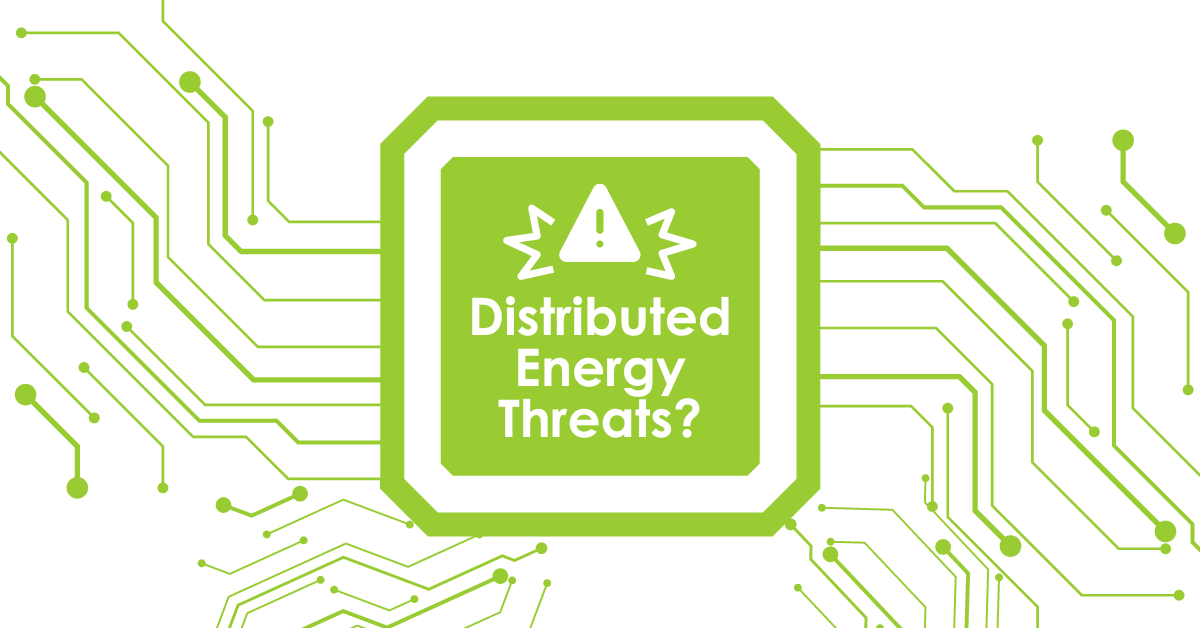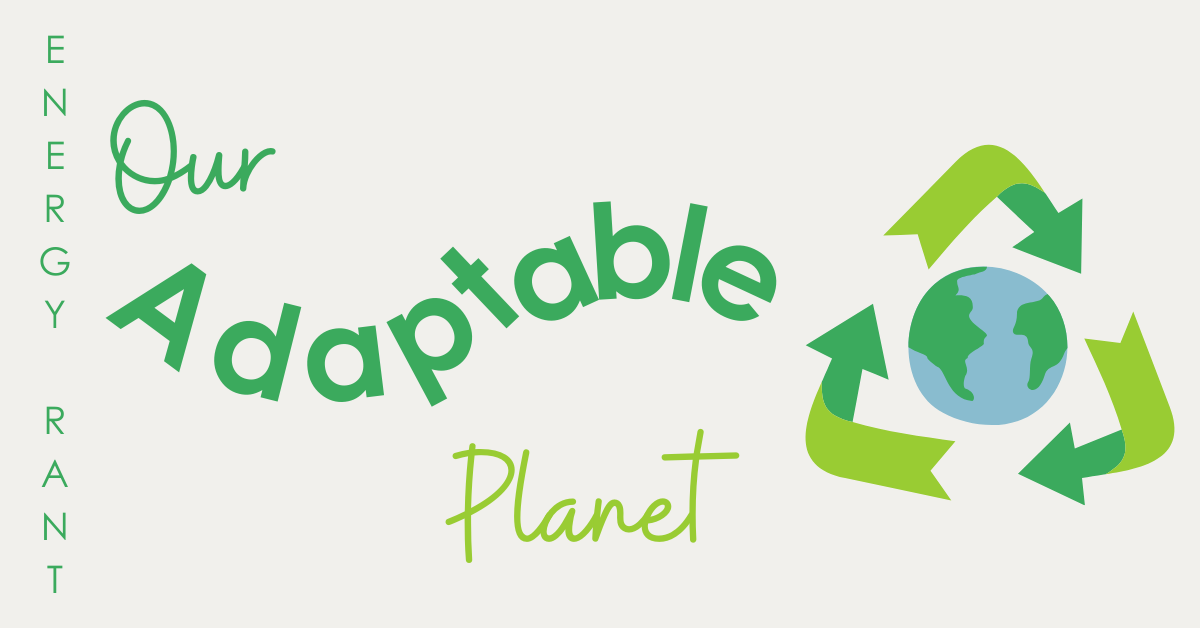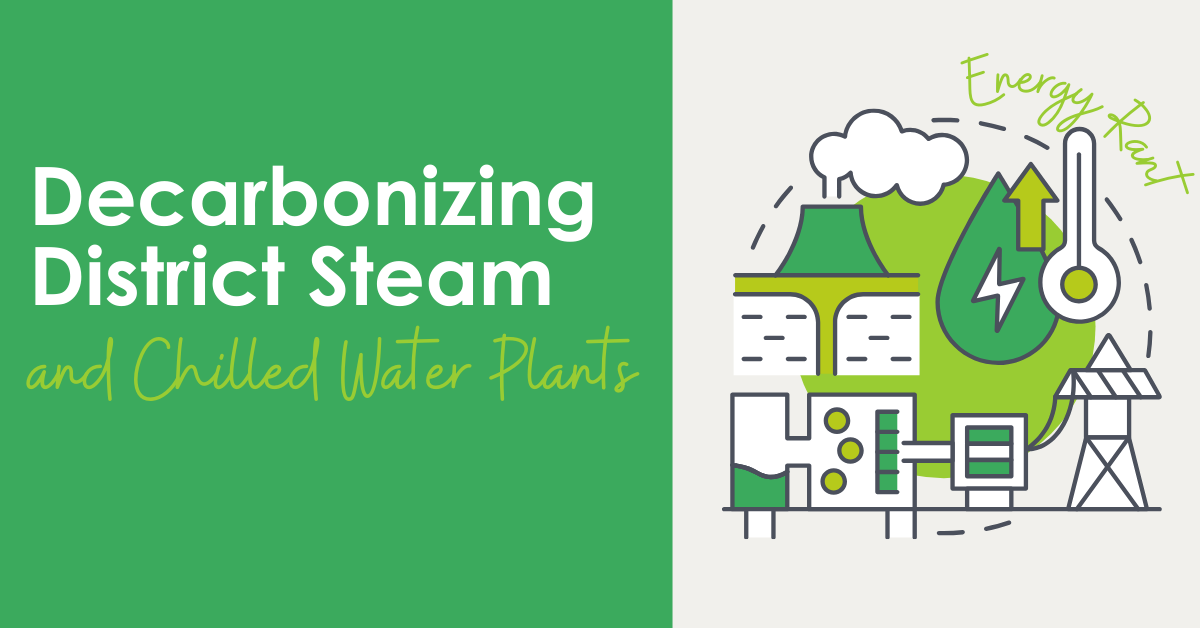
In this week's rant, we are excited to include an epilogue written by Michaels Energy employee, Andrea Salazar. Read on to hear her story! In 2023, I wrote that Americans are moving into regions susceptible to wildfires, heat, droughts, and floods because housing was less expensive in such locations. Homes in some places are built among fueling forests, while some communities are built with just enough fire spreaders to be dangerous. A recent Wall Street Journal article, The Hidden Costs of Homeownership are Skyrocketing, drove my points home. Home insurance premiums are soaring – by more than 10% in 19 states in 2023—factor: floods,…
Read More











